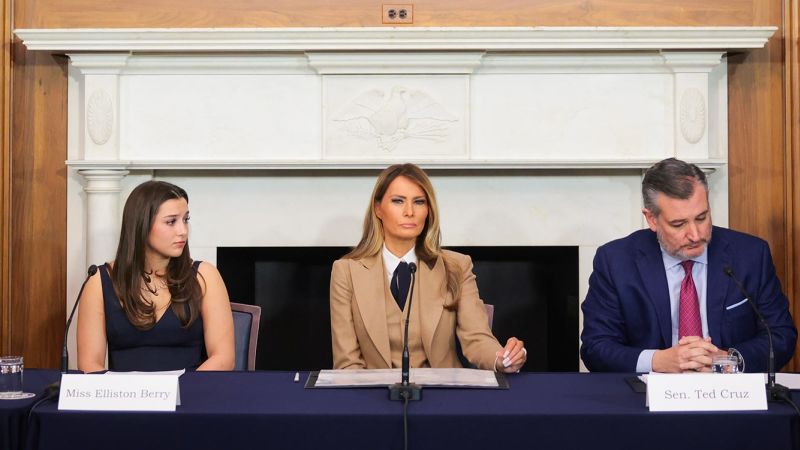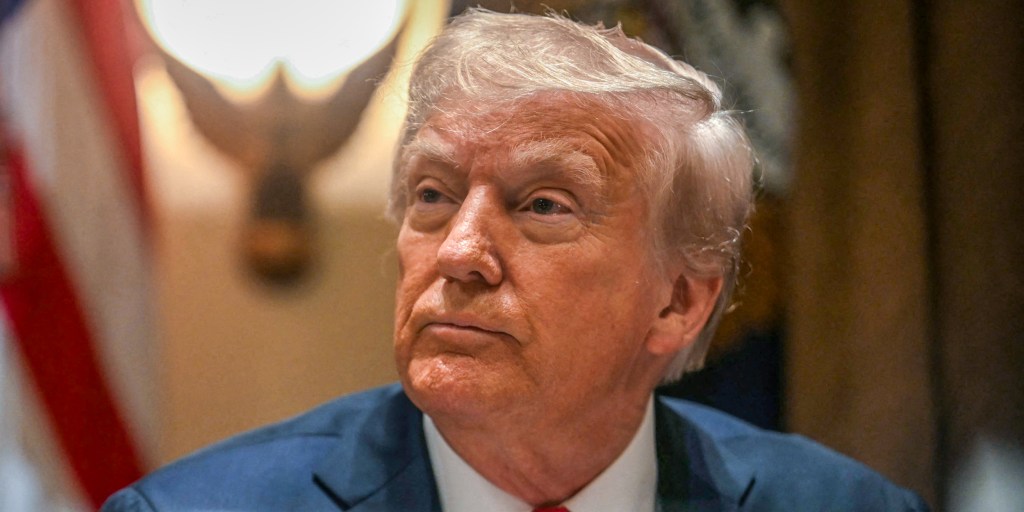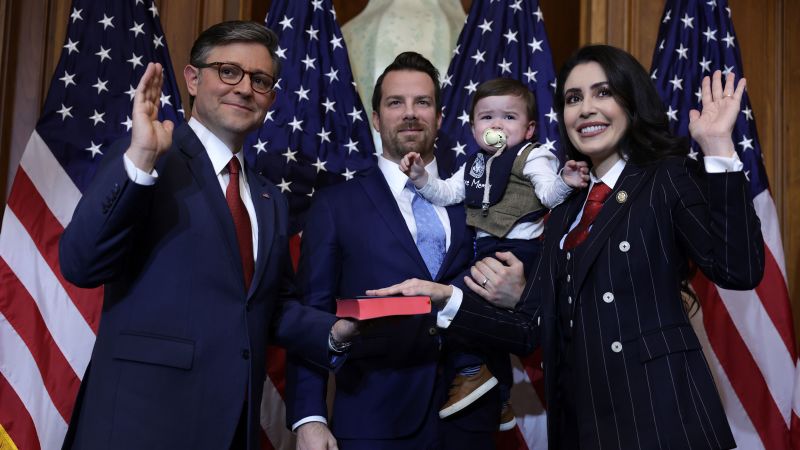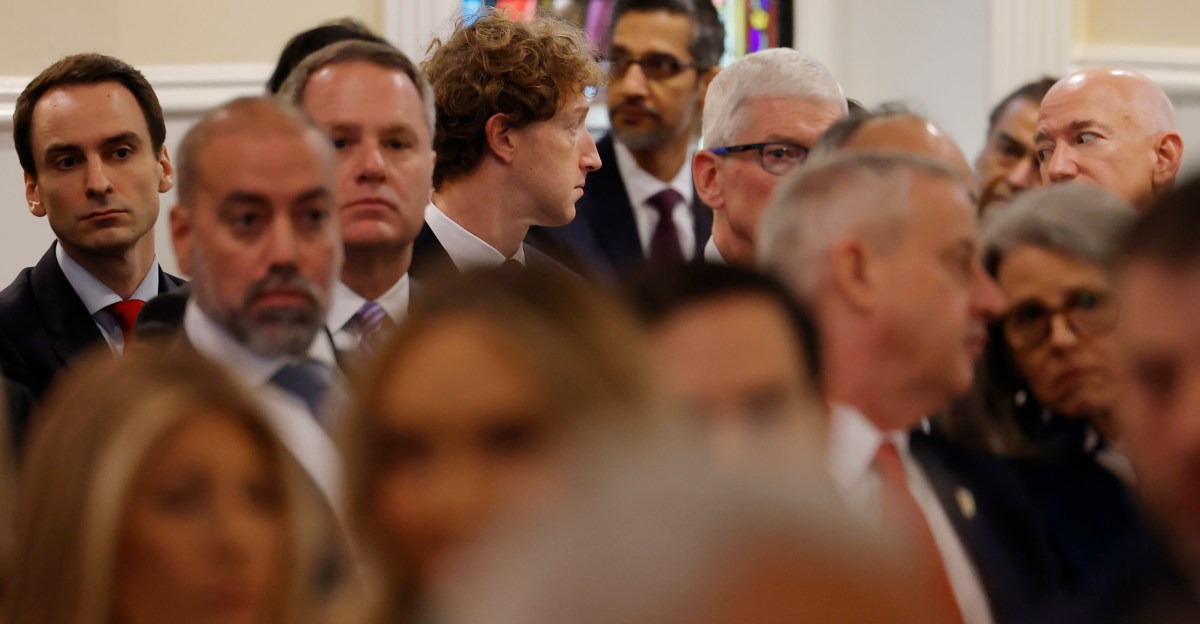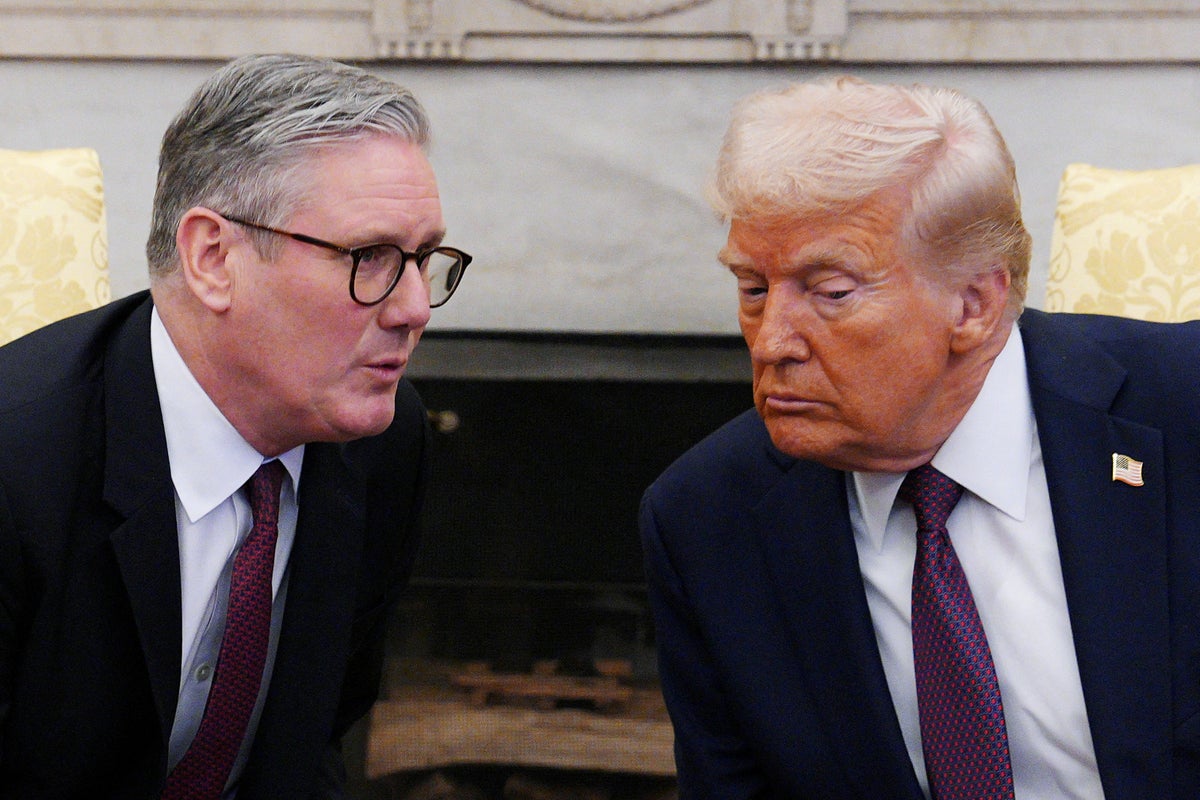Trump Teases Potential Constitutional Challenge: Third Term Speculation Sparks Political Firestorm
Politics
2025-03-30 19:04:00Content
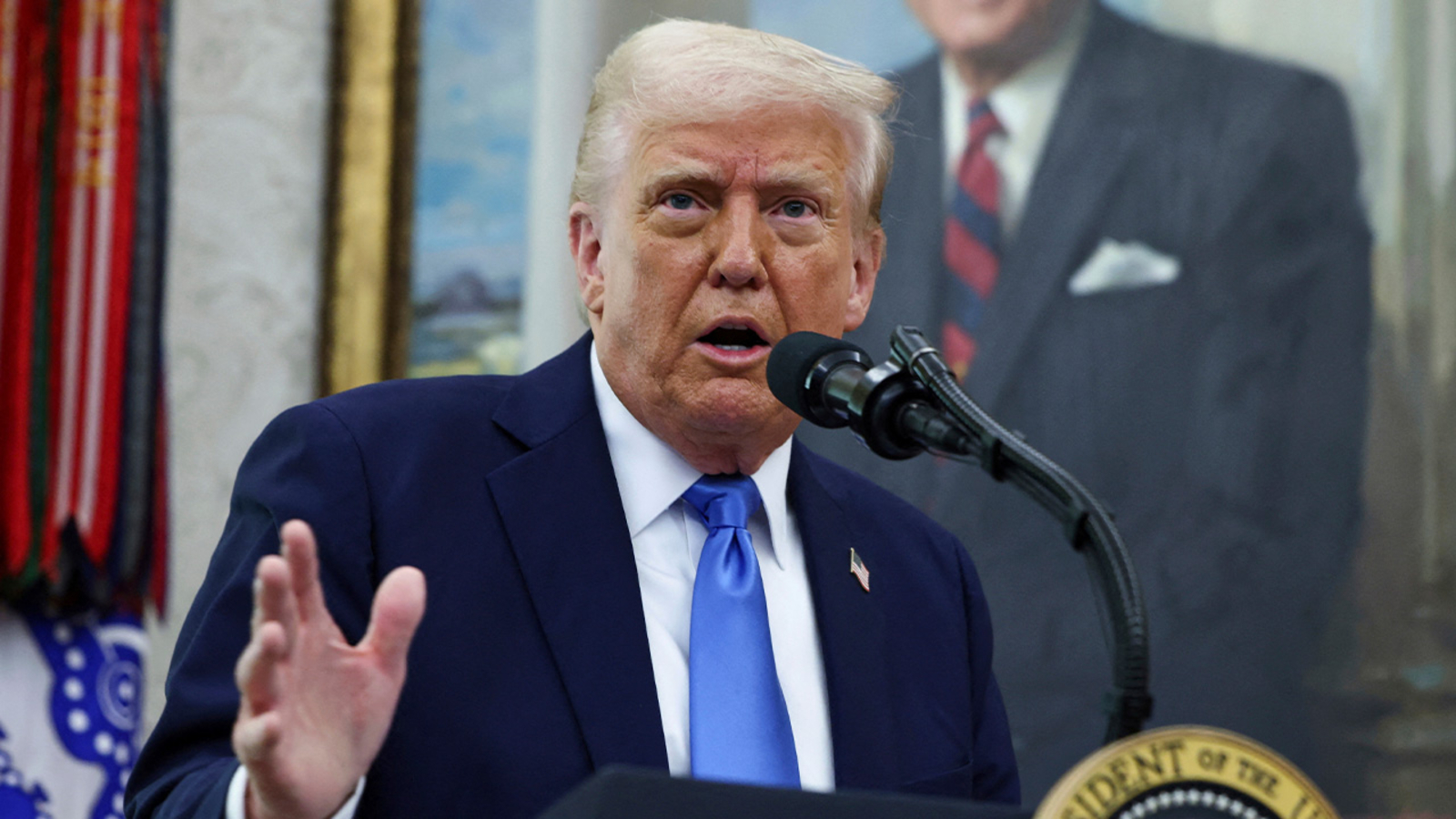
In the wake of Franklin D. Roosevelt's unprecedented four consecutive presidential terms, the United States Constitution was amended to prevent any future president from holding office for such an extended period. The 22nd Amendment, ratified in 1951, firmly established a two-term limit for presidential service, ensuring a more dynamic and balanced transfer of power in American democracy.
This landmark amendment declares that no individual can be elected to the presidency more than twice, effectively putting an end to the possibility of a president serving more than eight years in office. The rule serves as a safeguard against potential political stagnation and helps maintain the fundamental principles of representative government that are core to the American political system.
By limiting presidential terms, the amendment reinforces the democratic ideal of fresh leadership and prevents any single leader from accumulating too much long-term power. It stands as a testament to the nation's commitment to preventing any potential drift towards autocratic rule and preserving the spirit of democratic renewal.
Presidential Term Limits: A Constitutional Safeguard of American Democracy
The intricate tapestry of American constitutional law has long been woven with careful considerations of power, representation, and the delicate balance of governmental authority. At the heart of this complex narrative lies a critical mechanism designed to prevent the concentration of executive power: presidential term limits.Unraveling the Constitutional Barrier to Perpetual Presidential Rule
The Historical Context of Presidential Power
The genesis of presidential term limits traces back to a pivotal moment in American political history that fundamentally reshaped the landscape of executive governance. Prior to the 22nd Amendment, presidents could theoretically serve indefinitely, a possibility that raised significant concerns about potential autocratic tendencies. Franklin D. Roosevelt's unprecedented four consecutive election victories served as the catalyst for constitutional intervention, prompting lawmakers to establish a definitive framework that would prevent any future president from accumulating excessive long-term power. The amendment emerged from a deep-seated recognition that unchecked executive authority could potentially undermine the core principles of democratic representation. By limiting presidential terms, the Constitution ensured a regular infusion of new leadership perspectives, preventing stagnation and protecting the dynamic nature of American political institutions.Constitutional Mechanics of Term Limitation
The 22nd Amendment represents a nuanced approach to executive power management. Its precise language stipulates that no individual can be elected to the presidency more than twice, effectively creating a maximum eight-year tenure for any single leader. This constitutional provision goes beyond mere procedural restriction; it embodies a profound philosophical commitment to preventing the potential calcification of political leadership. Interestingly, the amendment contains subtle complexities that merit closer examination. A vice president who assumes the presidency due to unexpected circumstances can potentially serve up to ten years—two years of the previous president's term and two full elected terms of their own. This provision demonstrates the framers' sophisticated understanding of potential political contingencies.Broader Implications for Democratic Governance
The term limit mechanism extends far beyond a simple numerical restriction. It represents a fundamental safeguard against the potential erosion of democratic principles. By mandating leadership transition, the amendment ensures continuous political renewal, preventing the entrenchment of individual political figures and maintaining the dynamic, competitive nature of American electoral processes. Moreover, this constitutional constraint serves as a powerful symbolic reminder of the fundamental democratic principle that no single individual is indispensable to the functioning of government. It reinforces the notion that institutions are more important than individuals, and that the strength of a democracy lies in its ability to continuously regenerate leadership.Global Perspectives on Executive Term Limits
When viewed through a comparative lens, the American approach to presidential term limits stands as a distinctive model of democratic governance. Many nations struggle with leaders who manipulate constitutional frameworks to extend their tenure, whereas the United States has institutionalized a robust mechanism for regular leadership transition. The amendment reflects a profound understanding that power, when left unchecked, has an inherent tendency to corrupt and stagnate. By mandating periodic leadership changes, the Constitution ensures a continuous influx of fresh perspectives, innovative approaches, and responsive governance.Contemporary Relevance and Ongoing Debates
Despite being established decades ago, the 22nd Amendment continues to provoke scholarly discussion and political analysis. Legal experts and political scientists consistently debate its implications, exploring how this constitutional provision shapes the broader landscape of American political dynamics. The amendment remains a testament to the foresight of constitutional framers who anticipated the potential risks of prolonged executive power. It stands as a living document, adaptable yet principled, embodying the core democratic values of checks and balances, representation, and institutional renewal.RELATED NEWS
Politics

Trade War Tremors: How Trump's Tariff Gambit Could Reshape Political Landscapes
2025-04-07 22:35:48


